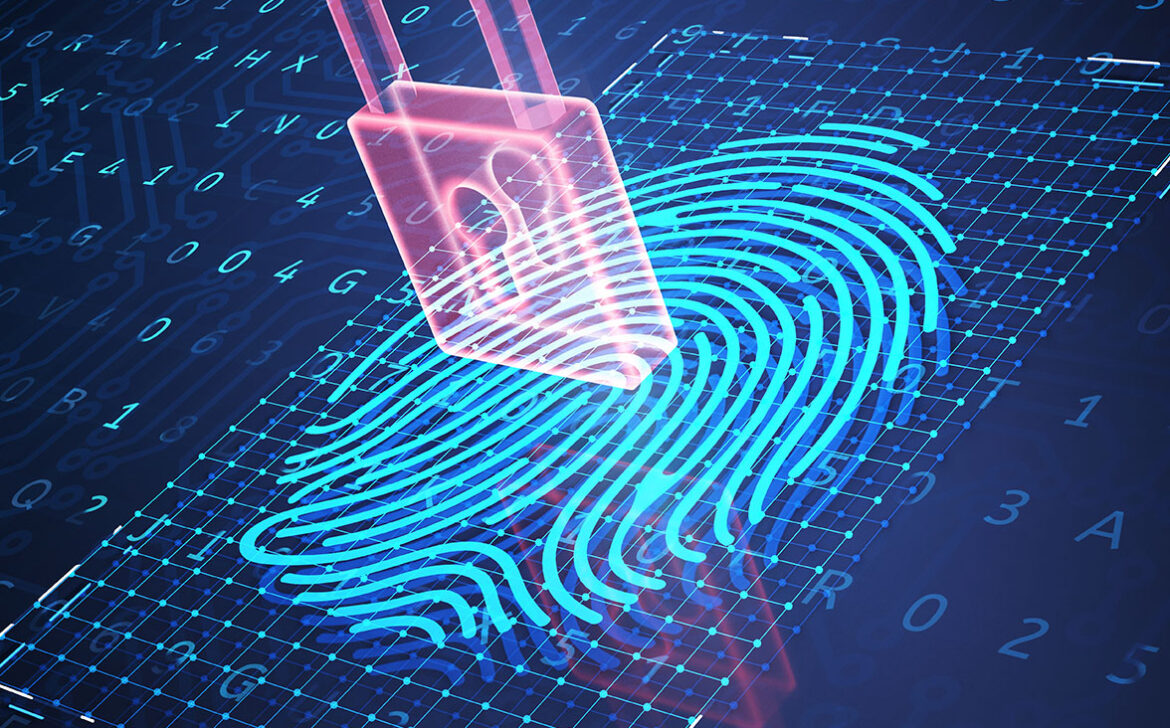Quantum Computing Unveiled: Pioneering the Future of Computational Power
Introduction:
In the realm of cutting-edge technology, quantum computing stands as a revolutionary force poised to reshape the boundaries of computation as we know it. While classical computers have served us well for decades, the emergence of quantum computers promises to unlock unprecedented computational power, solving problems previously deemed unsolvable. In this blog post, we’ll embark on a journey into the realm of quantum computing, exploring its principles, potential, and the transformative impact it holds for various industries and scientific endeavors.
1. Quantum Mechanics Primer: Laying the Foundation
To understand quantum computing, one must first grasp the basics of quantum mechanics. Unlike classical bits, which are either 0 or 1, quantum bits (qubits) can exist in multiple states simultaneously due to quantum superposition and entanglement. This unique property enables quantum computers to process vast amounts of information in parallel.
2. Quantum Supremacy: Breaking Computational Barriers
when a quantum computer outperforms the most powerful classical supercomputers. Google’s 2019 achievement marked a significant milestone, demonstrating the potential of quantum computers to solve complex problems exponentially faster than their classical counterparts.
3. Unleashing Problem-Solving Potential: Applications of Quantum Computing
while Quantum computing’s prowess lies in tackling problems that are computationally infeasible for classical computers. From optimizing supply chains and simulating quantum systems to cryptography and drug discovery, quantum computers hold the potential to revolutionize industries and scientific research.
4. Shor’s Algorithm: Disrupting Cryptography
One of the most intriguing applications of quantum computing is its ability to break current cryptographic systems. Shor’s algorithm, when implemented on a quantum computer, has the potential to efficiently factor large numbers, rendering many encryption methods obsolete.
5. Quantum Machine Learning: Augmenting AI Capabilities
Computing and machine learning are converging to create quantum machine learning. Quantum computers can process complex datasets and extract patterns more efficiently, augmenting AI capabilities and potentially revolutionizing fields like drug discovery and material science.
6. Quantum Computing Challenges: Taming Quantum States
Despite its potential, quantum computing faces formidable challenges. Maintaining the delicate quantum states necessary for computation, minimizing errors due to quantum decoherence, and building stable qubits are among the hurdles that researchers are working tirelessly to overcome.
7. Realizing the Quantum Dream: Building Quantum Computers
Building and maintaining quantum computers is a monumental task. Quantum bits are incredibly sensitive and require specialized environments with extremely low temperatures to function. Researchers are pushing the boundaries of engineering to create reliable and scalable quantum computing systems.
8. Quantum Ethics: Ethical Considerations of Quantum Computing
As with any groundbreaking technology, quantum computing raises ethical considerations. The potential to break encryption methods could have both positive and negative implications, highlighting the need for responsible development and a global dialogue on quantum ethics.
9. The Quantum Future: What Lies Ahead
While quantum computers are still in their infancy, the possibilities they offer are limitless. From revolutionizing cryptography to accelerating scientific discoveries, the quantum future holds the promise of transforming industries and reshaping the frontiers of human knowledge.
10. Collaboration and Exploration: Shaping the Quantum Era
As quantum computing advances, collaboration between researchers, industries, and governments becomes pivotal. Investment in quantum research, the development of quantum algorithms, and the exploration of quantum-safe cryptography are key accordingly to unlocking the full potential of quantum computing.
Conclusion:
Quantum computing represents a new frontier in technology, promising to redefine the limits of computation and unlock solutions to some of the world’s most complex problems. As we stand at the cusp of this quantum era, researchers, businesses, and societies must collaborate accordingly to harness the transformative power of quantum computing responsibly and ethically.










